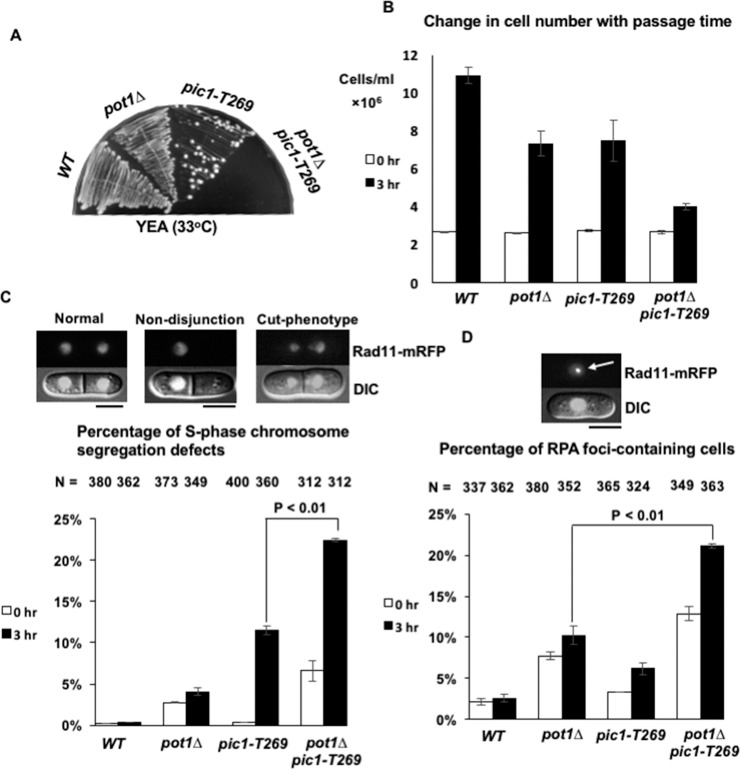Fig 4. Analysis of the synthetic lethality phenotypes associated with the lack of function of Pic1 in pot1Δ cells.
(A) pot1Δ pic1-T269 double mutant cells lose viability at semi-permissive temperature (33°C). Wild-type (WT), pot1Δ, pic1-T269, and pot1Δ pic1-T269 cells were streaked on YEA at 33°C. (B) Change in the cell number with time at 33°C. WT, pot1Δ, pic1-T269, and pot1Δ pic1-T269 cells were incubated overnight at 25°C. An equal cell density (2.62×106 cells/ml) of each strain was shifted to 33°C for 3 h. The change in the cell number after 3 h was calculated using a hemocytometer and compared. Error bars represent standard deviation (SD) from three independent experiments (n = 3). (C) Calculation of the percentage of chromosome segregation defects with septum in asynchronous living cells. WT, pot1Δ, pic1-T269, and pot1Δ pic1-T269 living cells expressing Rad11 endogenously tagged with mRFP were incubated overnight at 25°C and shifted to 33°C for 3 h. The percentage of chromosome segregation defects at 25°C and 33°C was scored and compared. Representative images of cells that have chromosome segregation defects such as cut phenotype and chromosome non-disjunction are shown. (D) The percentage of RFP foci-containing cells was calculated at 25°C and after the 3-h shift at 33°C using the data from chromosome segregation defects analysis. The arrow indicates RPA foci. N in the top refers to the number of cells examined. Error bars represent SD (n = 3 experiments). The scale bar represents 5 μm.

